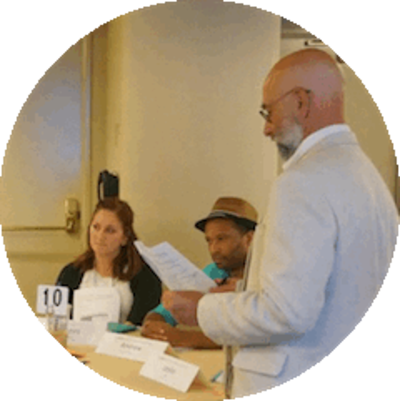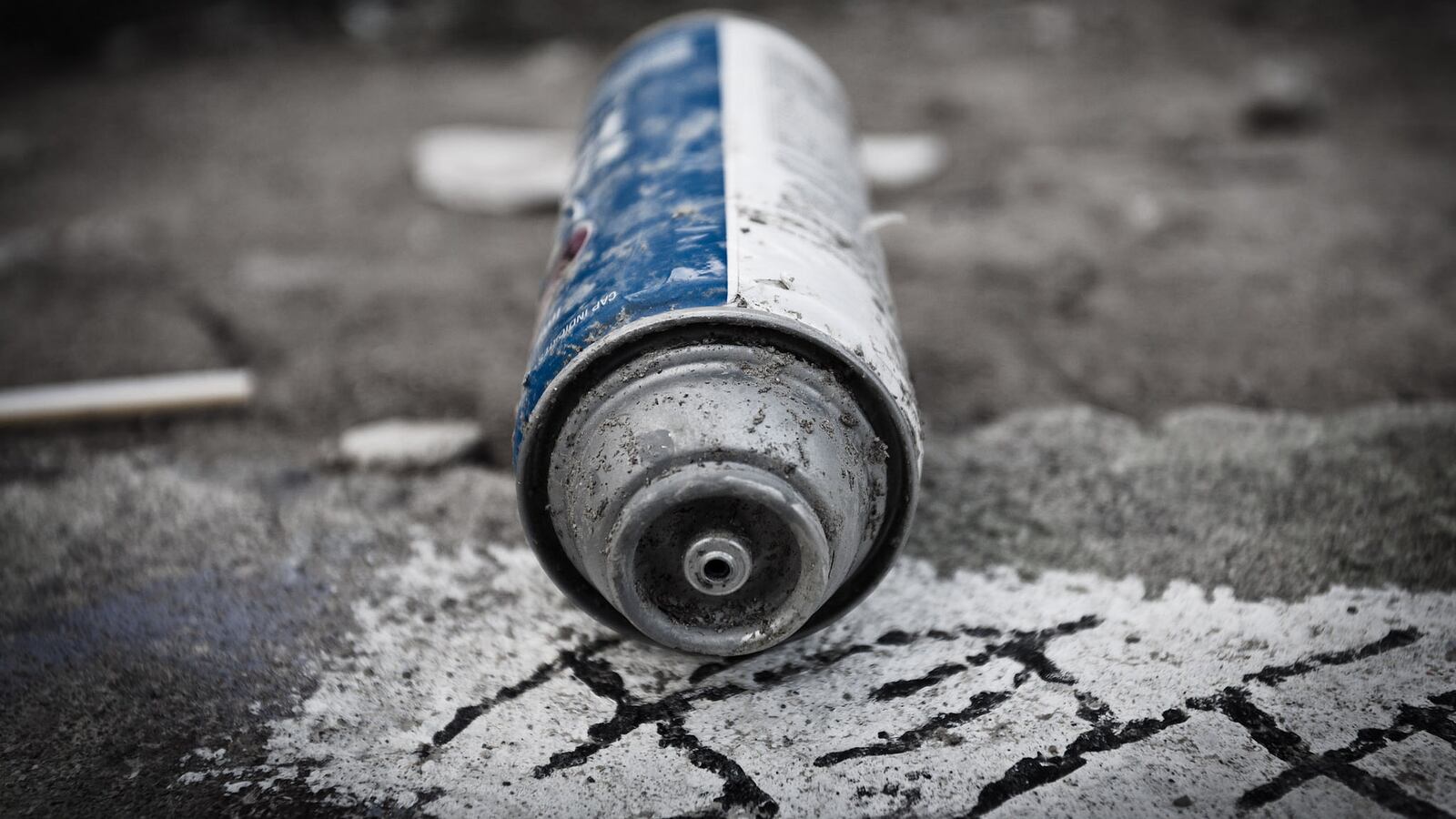
It was the kind of call no educator ever wants to get, especially in the middle of a winter holiday: A maintenance staffer reporting messages of hate scrawled everywhere, threatening the principal, me, by name. On the sides of the building. On portable classroom walls. On windows. Everywhere.
The student who had defaced the campus — I will call him Luis — freely admitted what he had done, and openly tied his actions to his involvement with a gang. There was no mystery about who was responsible. The question was what to do about it.
This took place in 2011 at KIPP Summit Academy, a charter middle school near Oakland, California. Given the extent of the damage and the nature of the graffiti, most schools would have considered suspension or expulsion for Luis. Indeed, many of our staff members initially felt strongly that was the right response.
At KIPP Summit Academy, punishment and suspension had resulted in obedient behavior. But those measures left a sizable proportion of students feeling that adults were adversaries, not partners, and separated them from the learning process. Rather than teaching lessons about how to do better, I saw us putting some of our most needy students on a path to alienation from school.
[Read more: Inside educators’ emotional debate about ‘no excuses’ discipline]
So our school ultimately took a different path, and chose a process that led Luis to learn from his mistakes rather than simply being punished for them.
This path, called restorative justice, has a 40-year history in the U.S. and is finding favor among a growing number of schools nationally, including many of my school principal colleagues leading KIPP schools in the Bay Area and across the country.
It’s not because restorative justice is easier than the traditional approach. When Luis was told in 2011 that he would have to engage in tough conversations with his classmates and teachers, he actually asked to be suspended instead.
We didn’t suspend him. Luis and his family eventually agreed to go through the restorative justice process, where we instead asked him four questions: What happened? What were you thinking at the time? Who was affected by your actions? And, what do you need to do to make it right?
We asked those questions in more than a dozen conferences. (I told you it wasn’t an easier way.) In the final one, nearly everyone touched by the event was represented — Luis, his mother, some teachers with whom he had good rapport, friends who could speak to the positives in his character — as well as the parents and facilities manager who volunteered to clean up the graffiti.
What happened next provides a window into why, though the process demands more of everyone, the rewards can also be greater.
In that conference, Luis recounted his state of mind at the time of the incident. He talked about his anger at experiences in school and elsewhere, and how much fun it felt defacing the school. But now, in a very different state of mind, he apologized and asked to do something to repay the community. He spent two weeks working with the facilities manager after school.
It would be easy to dismiss this approach as “soft” and as failing to draw the line on serious misbehavior. We ask to be judged by results. In the KIPP schools where I have worked and in others, teachers have seen measurable reductions in undesirable behaviors and school suspensions.
No one would claim the restorative justice approach as a cure-all. A student who helped Luis deface the school never bought into the process, and his family, despite our pleas, ultimately pulled him out of the school. And even when it works well, restorative justice requires parents, students, and teachers to make a hard cultural shift and for schools to invest in teacher training.
There is also no doubt that some student actions, such as bringing weapons to school or threatening school safety, may result in immediate consequences, including suspension and even expulsion. But the reality is that there are many transgressions that can be better dealt with through alternative paths.
For students like Luis, and for most students we’ve tried the approach with, it has paid off. Five years later, Luis just graduated from high school. Thanks in part to continued support from KIPP teachers and his parents, gang involvement is in the past and he is likely headed to college in the future.
Kids like Luis may make mistakes when they are young, but we have seen that strategies like restorative justice can help them understand the impact of their actions, restore the harm they have caused, and make better choices in the future. And most importantly for us as educators, these new approaches can keep more kids in school and on a positive path. That’s a great outcome for all of us.
About our First Person series:
First Person is where Chalkbeat features personal essays by educators, students, parents, and others trying to improve public education. Read our submission guidelines here.


